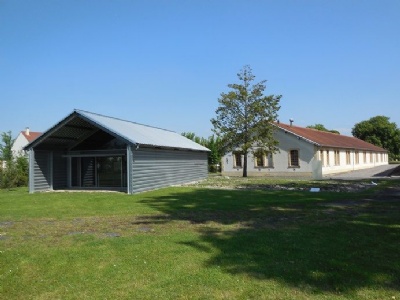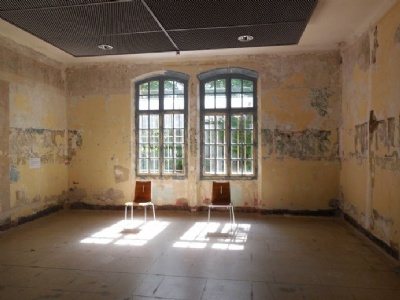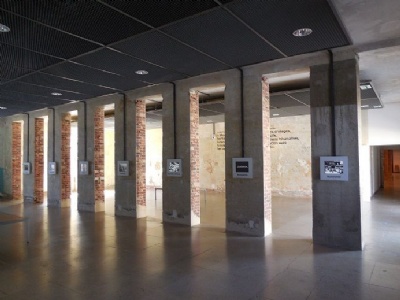Royallieu (de camp)
In Compiegne, about fifty kilometres north of Paris, the German occupiers took over 24 army barracks in June 1940 to imprison French and British prisoners of war. A year later, the German Security Police set up a detention camp for Russians, Jews in France, and people who were involved (wether they were or not) with the French resistance movement. The camp was then called Frontstalag 122. The Jewish section of the camp was called section C and was a transit for Jews arrested in round-ups around France. On March 27, 1942, departed from the Compiegne (via Drancy) the first deportation with Jews (about 1000) from France to Auschwitz. Only one shipment departed from the camp directly to Auschwitz, June 5, 1942 when about 1,000 Jews were deported.
Otherwise, the process was that the Jews were first sent to Drancy and then at a later date to Eastern Europe. A small number of prisoners were also shot in a nearby forest. A total of about 40,000 Jews were deported from the camp between 1942 and 1944, distributed over 39 shipments. The deportations went to Auschwitz, Ravensbruck, Buchenwald, Dachau, Sachsenhausen, Mauthausen and Neuengamme. During the camp, more than 50,000 people were imprisoned in the camp. The camp was, together with Natzweiler, under German controll throughout the war. Other camps were controlled in whole or in part by French collaborators. After the war, the barracks were taken over by the French army.
Current status: Partly preserved/demolished with museum (2014).
Address: Avenue des Martyrs de la Liberté, 60 200 Compiégne.
Get there: Car.
Follow up in books: Weisberg, Richard H: Vichy Law and the Holocaust in France (1998).






Only three barracks remain and they house a interesting museum. There is also an outdoor exhibition. The information is varied and limited, yet sufficient. The downside is that everything is in French but there is an English audio guide that you can borrow at the reception.